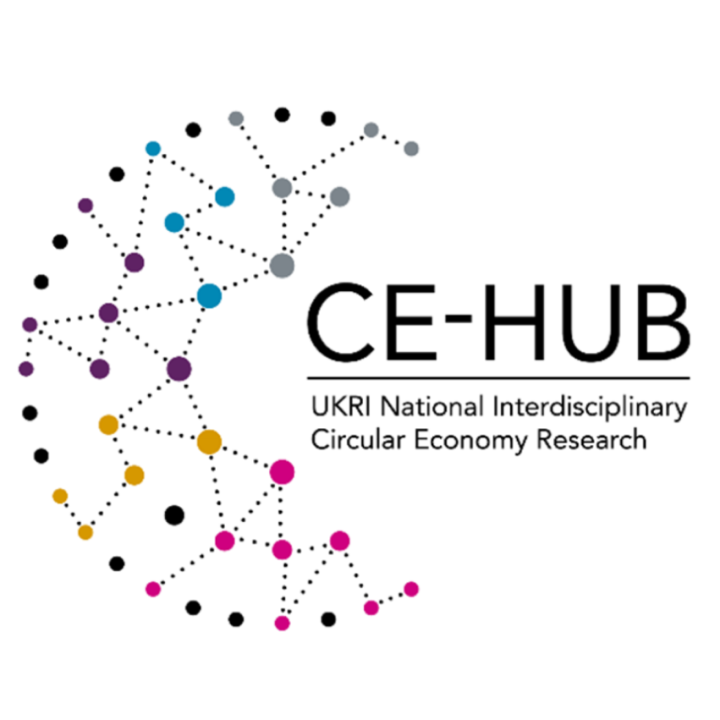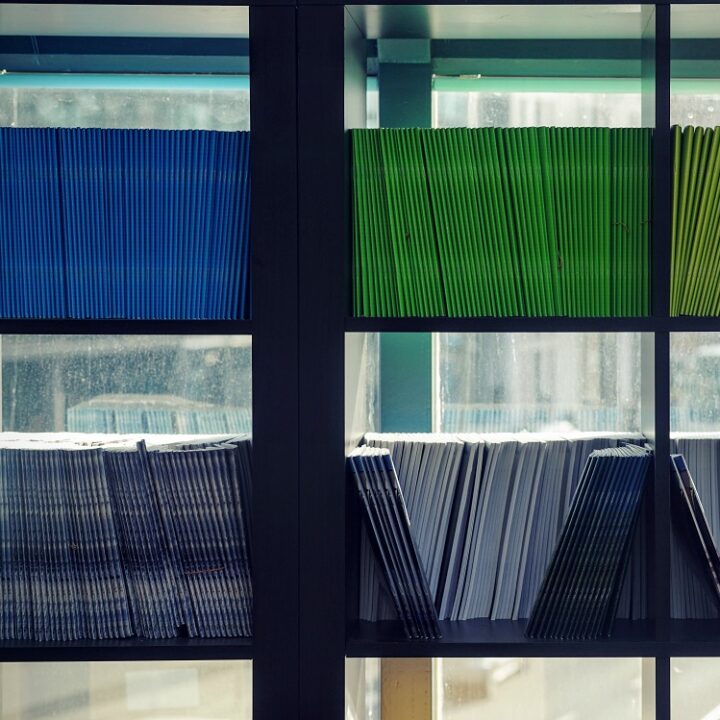2018, Kalmykovaa, Sadagopan & Rosado
Demystifying Series: Design and a circular economy
2022, CE-Hub Team
This paper is part of a series aimed at demystifying and providing context to a circular economy. The series is aimed at an audience of businesspeople, policymakers and others who may already have an understanding of the circular economy, are interested in implementing it in their field of influence and wish to know more. This Demystifying series addresses the ‘what’ of circular economy, and the upcoming What Works series will address the ‘how’. We recommend reading the introductory ‘Demystifying a circular economy’ paper in advance of this one.
Author: Lucy Chamberlin
Reviewed by members of the Knowledge Hub Steering Group: Steve Evans, Simon Brown, Dan Dicker, Ali Moore, Isabelle Erixon, David Greenfield, Katie Lamb, Danielle Purkiss, Fiona Charnley.
What is design?
Design can mean many things to different people and in many different contexts. As well as the creation of aesthetic objects, design can be interpreted as a way of solving problems[1], creating solutions for human needs, adding value or meaning to our surroundings and making change[2]. According to the famous design theorist and philosopher Herbert Simon, ‘everyone who devises courses of action aimed at changing existing situations into preferred ones can be said to be designing.’ For example, redesigning a room in the house, the local street furniture, or the application process for a job. In this instance, everyone who has the intention or purpose to change one thing into something else can be a designer. Fundamentally then, design is about change. About human relationships with the material world. And about meaning. Design can affect not only the physical shape, texture or form of an object, but also the way that we interact with that object as a result.
Waste can be thought of as a design flaw: it was designed for effective consumption and use, but not for effective disposal. In recent years, the field of design has become more focused on users, in addition to products, and has started to examine how it can influence human experiences and behaviours in different contexts. The so-called ‘experience economy’ for instance, has led to new questions about how to design the whole dining experience, rather than just food, or how to design the driving experience, rather than just the car. In a similar way, design methods and tools are also being used in the creation of less tangible things like business strategy or public policy[3], for example by the UK Government’s Policy Lab[4].
However, design has also come under fire – together with marketing – for its role in creating desirable products, for perpetuating materialist economies and unsustainable consumerism, and contributing to resource depletion and ecological destruction as a result. All of the things sold in shops that people are taught to want and to buy, and go on to use in their daily lives, have been designed. But although they were designed for effective consumption or use, they were not necessarily designed for reuse, repair, recycling, or safe disposal.
Design is therefore pivotal when it comes to a circular economy – both as a creator of material things, forms and structures and as a means of influencing behaviours, changing processes and shaping systems. In fact, most of the environmental impact of a product is determined at the design stage, meaning that once it’s been manufactured and sold, it’s usually too late!

What does design mean for a circular economy?
Design has concerned itself with social and environmental challenges for many decades, and even in Victorian times there were designers, architects and engineers who were concerned with creating healthy public spaces and warning of the dangers of pollution and industrialization[5]. The current linear economy is hugely wasteful, damaging to the ecological systems (e.g. air, water, soil) that support life on Earth and harmful to health. Making the transition towards a circular economy is essentially about redesigning human relationships with the natural and material world – redrawing a line as a circle in order to prevent waste and pollution, keep products and materials in use and regenerate natural systems (three core principles of a circular economy).
There are very many people, businesses, networks and sectors that are involved in this transition – from expert designers and policy makers to waste managers, retailers, consumers, investors and researchers. A circular economy can only be achieved through the participation of many diverse groups coming up with collaborative solutions and designs that take into account the boundaries and complexities of the real world.
Design for a circular economy, or circularity, encompasses and builds on a host of other design concepts and methods – such as product-service system design, design for sustainability, design for social innovation, product eco design and biomimicry[6]. In the 1990s terms like green design and eco design were popular, but these focused mostly on things like using some recycled materials in production processes, making things more ‘efficient’ by using less material to make the same item, or making things out of organic materials like hemp and bamboo.
Of course, there is nothing wrong with this at the level of the individual product, but when it comes to its impact on the wider system there can be unforeseen consequences. For example, some plastics contain chemicals that mean they are not suitable for use with food, and so if these get into the recycling stream and are made into food containers or packaging, there can be negative health implications. Likewise, efficiency can be the enemy of longevity – so if a bottle or other container is made much thinner, with less material, it is likely to be more breakable and sooner wasted. Even making things out of biodegradable materials can be problematic if they enter the wrong waste or recycling stream – for example laptops made from bamboo can damage the sorting machinery at an electronic waste plant.
Designing for a circular economy is about thinking beyond the individual product and its production or use phase and doing what’s best for the system as a whole. In other words, having an overview of not only where something is coming from, and the implications of that, but also where it might end up, and the implications of that. And beyond the level of the product, thinking through the infrastructures, rules, norms and behaviours that keep the system in motion, or prevent it from changing.
What does circular design look like?
Essentially, circular design aims to prevent waste and pollution, keep products and materials in use and regenerate or restore natural systems. In their book Cradle to Cradle, Michael Braungart and William McDonough use the analogy of the cherry tree, which produces thousands more blossoms and seeds than will ever germinate and yet is not accused of being wasteful because these blossoms and seeds will provide compost for new generations of trees and plants in the ecosystem. In the same way, circular design considers the interconnections and relationships in a system and makes sure to provide nourishment rather than pollutants or waste which cannot be used again.
Circular design is still an emerging practice, and designers use different parameters or objectives to guide their work. Some practitioners[7] for instance apply the 100/10/100 rule, whereby products must use 100% recycled content, be designed to last at least 10 years, and must be 100% recyclable at the end of life within the existing infrastructure.
The Ellen MacArthur Foundation and the design company IDEO have developed a few principles, or Methods, that can be used to foster a deeper understanding of circular design, and these include different resources and activities such as materials journey mapping, concept selection and redesign workshops that can help designers and business people to understand how a circular economy might look in their own context.
This table shows how design in a circular economy might differ from design in a linear economy:

There are many examples of design for a circular economy, and these three demonstrate design at different levels:
1. Product level: The Tom Cridland 30-year sweatshirt
Tom Cridland’s sweatshirts come with a guarantee that they will last for 30 years. If anything happens to an item during that time, the company will repair and return it free of charge. In addition, the cotton is grown without pesticides and fertilisers to maintain soil health, and waste from the production process is used in the animal feed industry.
2. Business level: Olio food sharing app
One of the world’s biggest waste streams is food, and Olio tackles food waste by connecting neighbours and local businesses with each other via the app so that surplus food can be shared rather than thrown in the bin. Whether it’s food nearing its sell by date, or that has been cooked in excess, Olio now has almost 5 million members and claims to have enabled the sharing of more than 34 million portions of food.
3. System level: Händelö Eco Industrial Park
Industrial parks like this one are good examples of industrial or energy symbiosis, in which the waste outputs from one manufacturing or industrial process become the inputs for another – in a totally different sector. Here, waste raw materials from ethanol production become animal feed, the CO2 emitted is used in carbonic acid production for the food industry, and other residual products go to the biogas
production park to produce outputs for the
automotive and agricultural industries.
Useful resources
The Circular Design Guide from IDEO and the Ellen MacArthur Foundation provides a series of different Methods for developing and understanding circular design.
The Great Recovery was a project at the RSA (Royal Society for Arts, Manufactures and Commerce) that focused on the impacts of design and its potential for a circular economy. Its resources and videos are still available online.
Design for Demand is a circular economy resource for emerging designers as well as educators in any industry or sector, and is developed by Forum for the Future.
The Circular Business Model Design Guide is created by PA Consulting in collaboration with the University of Exeter and the Ellen MacArthur Foundation to help businesses to create, deliver and capture value from circular business models.
References
[1] Simon, 1969
[2] Buchanan, 1992; Kimbell, 2011, 2012; Heskett, 2002
[3] https://www.designcouncil.org.uk/news-opinion/using-design-improve-policy
[4] https://openpolicy.blog.gov.uk/category/policy-lab/
[5] E.g. Joseph Bazalgette, Henry Currey, William Morris
[6] (Ceschin & Gaziulusoy, 2016)
[7] For example at Circular & Co

Demystifying Series: Design and a circular economy
Share this article in downloadable PDF form
Download PDF >>




